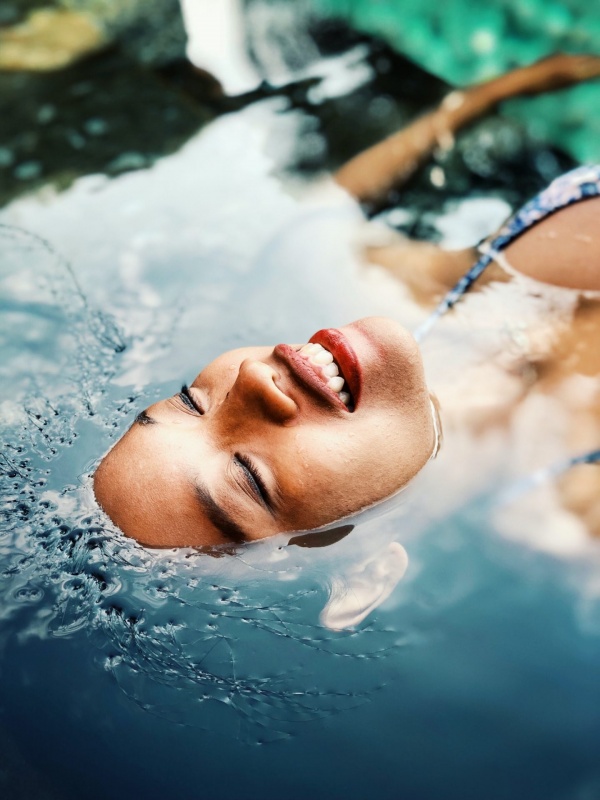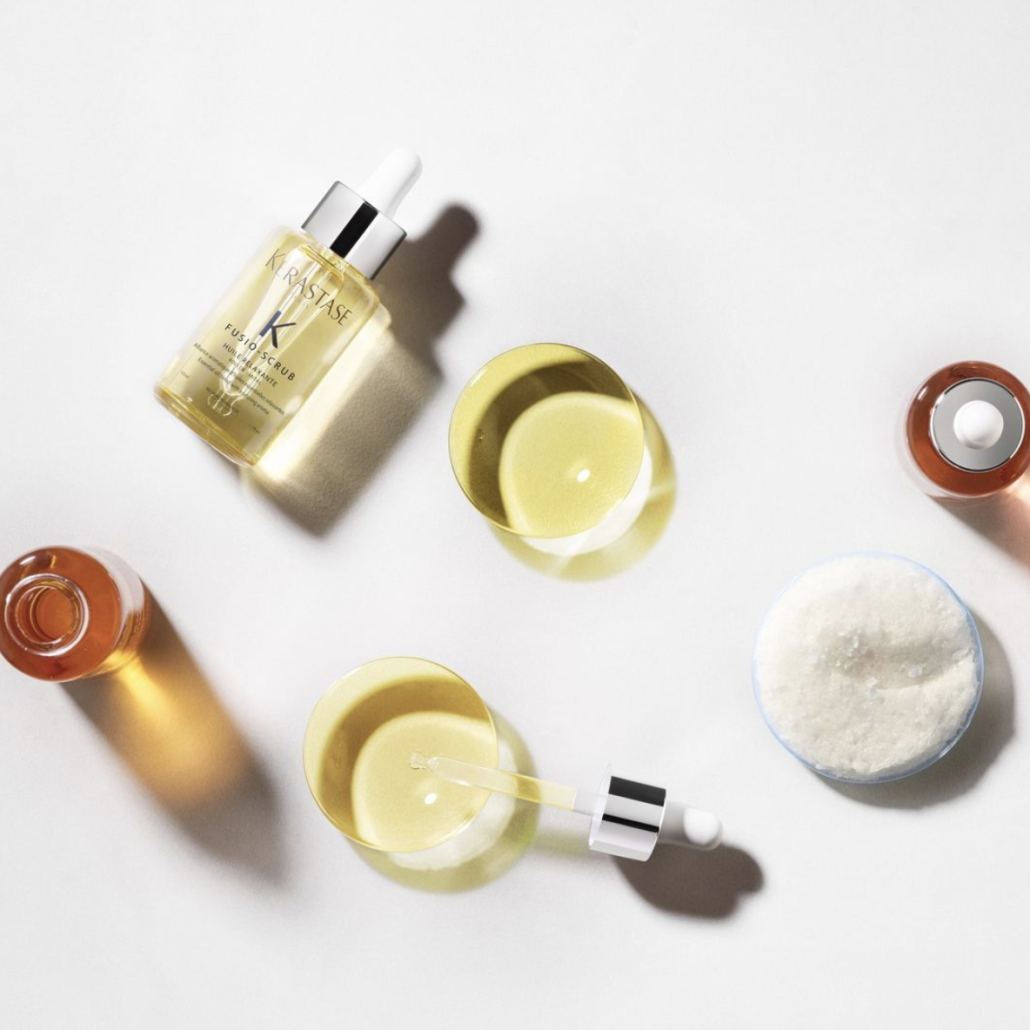
L’Oréal are truly dedicated to transforming their business from the ground up, educating consumers and respecting the water scarcity issue at hand.
- Beauty
Beauty, water consumption, and you
Why a water conscious beauty routine has never been more important
In partnership with L’Oréal
By Felicity Bonello
Water has always been one of our most valuable commodities, and when faced with bushfires and droughts, Australians have generally been overtly conscious with our conservation efforts (hello buckets in the shower last summer). But somewhere between the ‘go slow on the H20’ message, the easing of local water restrictions, and a rise in dam levels, our ambitions around water usage have all but dried up (for one, each of us today currently use approximately 8 litres of water every time we wash our hair).
But as we know, the water scarcity issue is not limited to bushfire rampage or drought season, indeed according to UNICEF, water shortage is still a critical concern, worldwide. And while this isn’t a new issue for all countries, it is a rapidly evolving issue which endangers the way we will all access fresh water and live our lives. The truth is, we have access to a finite amount of water, and as the population grows, we need solutions to avoid a long-term water shortage crisis. While the prediction sounds grim, it simply underlines the importance of immediate change.

“There’s three main risks to water supply in the future,” says David Higgins, L’Oréal Professional Products General Manager. “The first one is climate change where extreme weather puts water cycles at risk. The second is water waste where pollution and unsustainable water management processes are in existence around the globe; and finally, population growth in big cities where water cycle infrastructures aren’t resistant to extreme weather, puts more people at risk of sanitary crises.” So, what does that mean for you?
If the current situation continues over the next decade, we can expect water deficiency will likely become our number one global environmental threat. This will become specifically relevant for poorer countries, and if we do nothing, two thirds of the global population will live in water-stressed areas by 2030.
How to be part of the change
According to the United Nations’ 2020 World Water Development Report, more than 80 percent of beauty products on the market contain large amounts of water.. Between cleansers, serums, gels and fragrances, when we consider that water is involved in all stages of a beauty product’s lifecycle — from the harvesting and processing of raw materials to formulation, finishing, packaging, transport, and consumer use, the beauty industry has now been met with a growing need for urgent change.
“We as an organisation traditionally have been a consumer of water, to manufacture products but also to go in as a raw ingredient within our products, so we see ourselves as a market leader globally who has an incumbent responsibility to make sure we drive down the usage as much as possible,” says Higgins.

For L’Oréal, who are truly dedicated to transforming their business from the ground up, educating consumers and respecting the water scarcity issue at hand, this is more than just a business issue. “The consequences of inaction would lead to local health and sanitary issues, will accelerate the biodiversity crisis and influence the emergence of social tensions, which will in turn cause a long-term economic crisis,” says Higgins. Inaction is simply not an option.
“We’re seeing local health and sanitary issues become a massive problem. Water sanitation today is a crisis, it’s the second biggest killer of children under the age of five worldwide. By 2040, it’s anticipated that a quarter of the world’s population, children, will be living in high water stress – they won’t have access to fresh, usable water.” While it’s a lengthy and complex job, L’Oréal is taking up the challenge.
“We’ve put a line in the sand as an organisation globally with the mark of 2030 the point where we would have absolutely evaluated in depth all of the formulas that we use to manufacture our products,” says Higgins. “We want to be in a position where we can guarantee we’re respectful of all aquatic ecosystems (whether they’re) continental or coastal areas. By 2030 we will be in a position we’re 100 per cent of the water used in our industrial processes will be using a recycled water loop.”
But for this to work, to have a full effect, this must be more than a moment, even more than a movement. It needs to be about sustainably re-engineering manufacturing and product consumption patterns in the future and re-educating all consumers.

Waterless beauty innovation
There are waterless products of course (praise micellar water and dry shampoo!), and while considered to be more sustainable, they’re not a complete solution. Fortunately, L’Oréal is making holistic change through more than products. Conscious that freshwater demand is growing, and that by 2050 that demand will increase globally by 20-30 per cent because of new tech and more consumption, L’Oréal formed a partnership with a Swiss tech incubator called Gjosa. Essentially a shower head that comes as a complete standalone unit that incorporates L’Oréal product, it reduces the consumption of water by up to 80 per cent when you’re shampooing someone’s hair in a salon environment. Almost counterintuitive for a company selling a product, the Gjosa significantly reduces the consumption of the product.
“That’s one of the things that we’re quite OK with because it does something for the broader environment. It reduces the amount of waste that’s going out and down the drain in terms of product coming out of somebody’s hair; it reduces the amount of manufacturing energy that’s consumed to make the product; it reduces the amount of plastic or packaging that’s created, it reduces the amount of product we’re shipping around the world and the country, so there’s benefits there, and we see it as part of a long term sustainable partnership,” says Higgins.
So, as we consider the impacts of water scarcity, a water-conscious beauty routine is more important that we may have previously imagined.
RELATED: What is clean beauty
RELATED: What is vegan beauty exactly?
